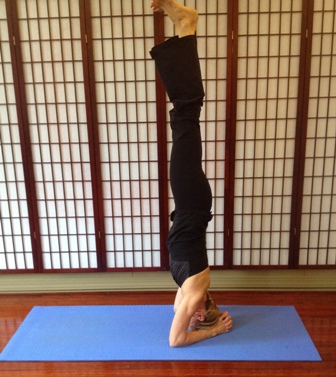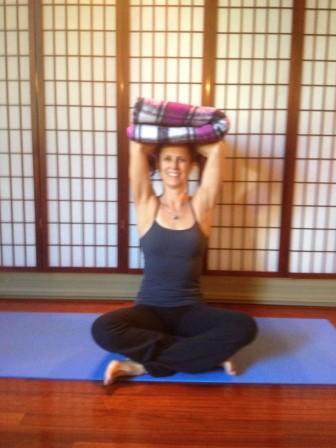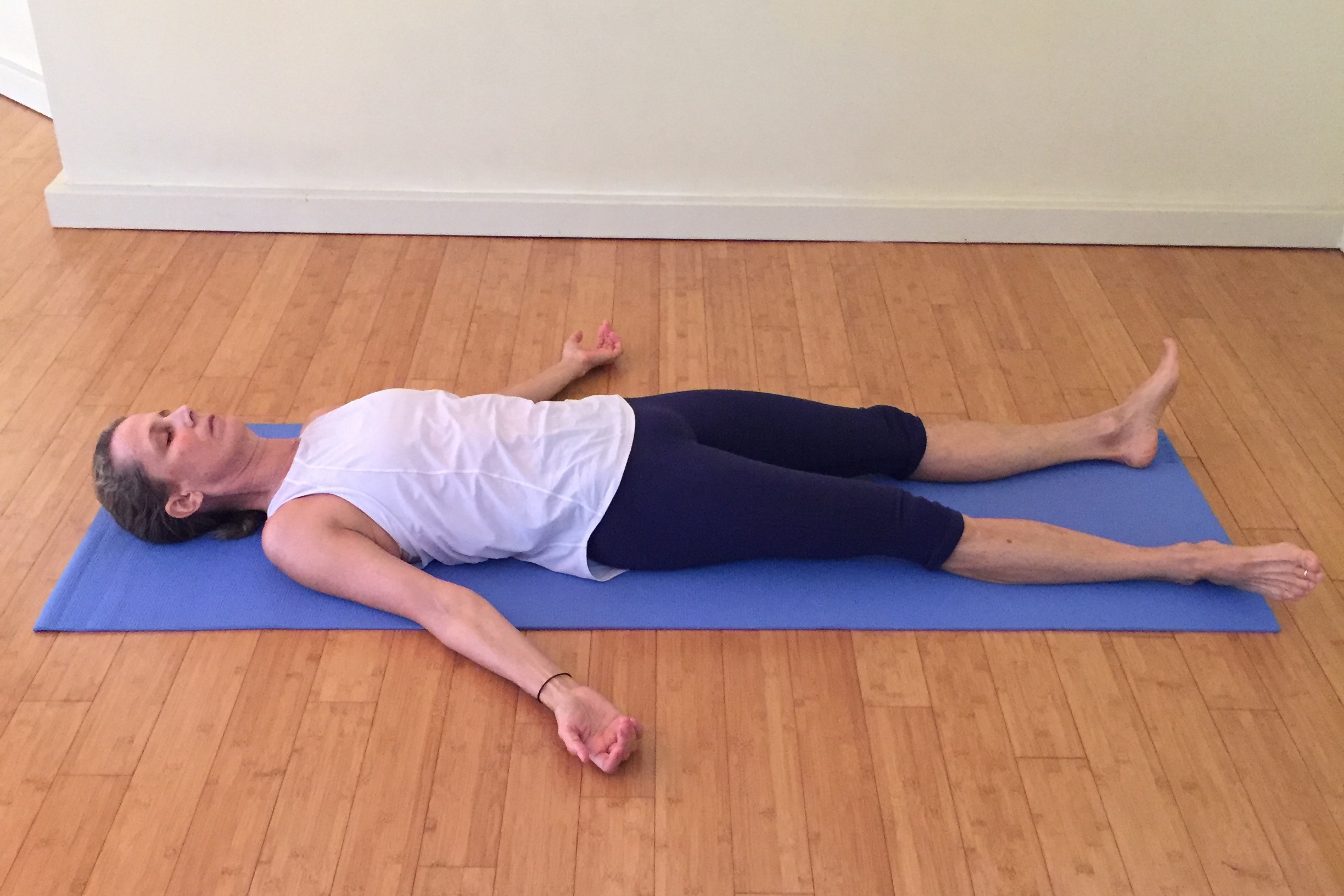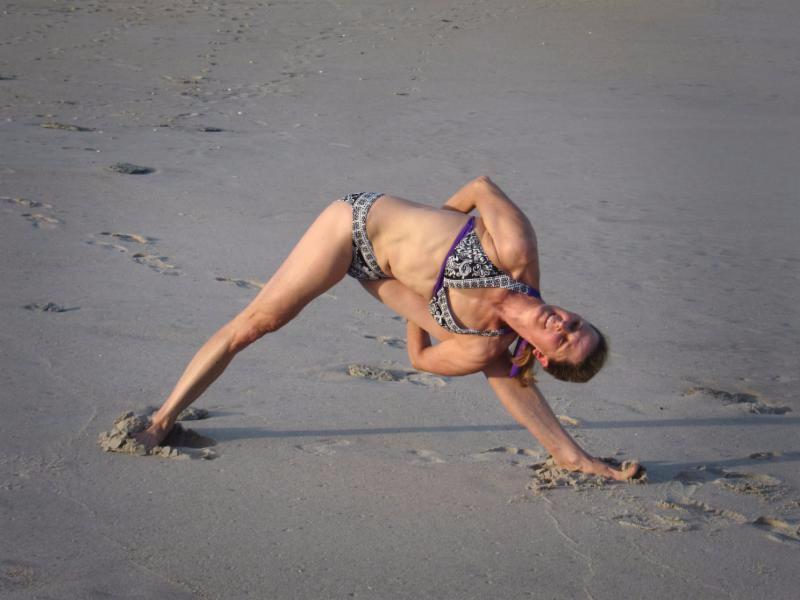In his book, The Inner Tradition of Yoga, Michael Stone talks about a meeting with Patthabi Jois, or Guruji as he was called by his devotees, the Father of Ashtanga Yoga. At this gathering, students were asking questions about their practice of yoga. When students would ask simple questions about their physical practice such as: “How long will it take to practice a good back bend?” Guruji would often simply smile or state his famous reply: “Many lifetimes, all is coming.” The questions that seemed to most interest Patthabi Jois were those regarding the breathing, self or God.
“When students breathing,” he said, “trying to practice yoga, breathing into heart. Students breathe into heart looking for God right here. God is in heart. Students want to find God, but not finding God. Students breathe into heart finding enemies.”
These enemies of the heart are the same thing as the seven deadly sins from the Christian tradition.
They are:
Enemies of the heart
kama (desire)
krodha (anger)
moha (delusion)
lobha (greed)
mada (envy)
matsarya (sloth)
– Deadly sins
– Lust
– Anger
– Pride (excessive belief in one’s own abilities.)
– Gluttony, greed
– Envy
– Sloth
These six poisons, or seven deadly sins are symptomatic of a heart that is unsatisfied, of a life characterized by suffering.
We begin practicing yoga postures in an effort to relieve suffering and find a way to meet life with less effort and more flexibility. Yoga is a path out of suffering. But what we find after our initial foray or honeymoon period is a matrix of psychological and physical holding patterns that have captured our minds and bodies within tightly conditioned parameters. How do we release these patterns? There has to be more to the practice than just the purely physical.
To release these poisons that are choking our heart, we have to understand how they got there. The poisons arise from the five kleshas, or obstacles, that are the impediments on the path to yoga.
These five kleshas are:
Avidya – is not seeing things correctly. We think we see reality as it is, but we really see the world as we want it to be. Avidya is a descriptive state of mind and body unengaged with the present moment.
Asmita – is often defined as ego. We construct our egos out of stories of “I, me and mine”. We create a self-image that we believe is us, but it is not us. This self image can be constructed of external (I am clumsy) and internal (I am a coward) false projections. We become trapped within the projections we have created for ourselves.
Raga – is attachment, or the desire to repeat pleasurable experiences. Our desire for pleasurable experiences creates mindless action. When we don’t get what we desire, we suffer. Soon after obtaining what we did desire, our feelings of pleasure fade and we begin our search for pleasure again, becoming trapped in an endless cycle.
Dvesa – is aversion, or the leaning away from what is unpleasurable. If we cannot avoid the things we dislike, we suffer.
Abinivesha – is often described as the fear of death, but it also refers to the fear of letting go of the story of “I, me and mine”.
The first stage of working with the kleshas is to simply acknowledge them. Reflection promotes self-awareness, self-understanding and self-knowledge to uncover and see the kleshas and their roots as well as how they create suffering.
Concentration and mindfulness can counteract simple kleshas. Gross kleshas are overcome with tapas (effort), svadhyaya, (seeking wisdom) and Ishvara pranidhana (surrender to God or a higher power, opening to Grace). Yogic techniques are said to burn away the impurities of the kleshas to purify the mind. By ridding ourselves of our kleshas, we are able to embark on the path of yoga; a path of freedom from our habitual cycles of discontent and to enter into the space of the heart.















